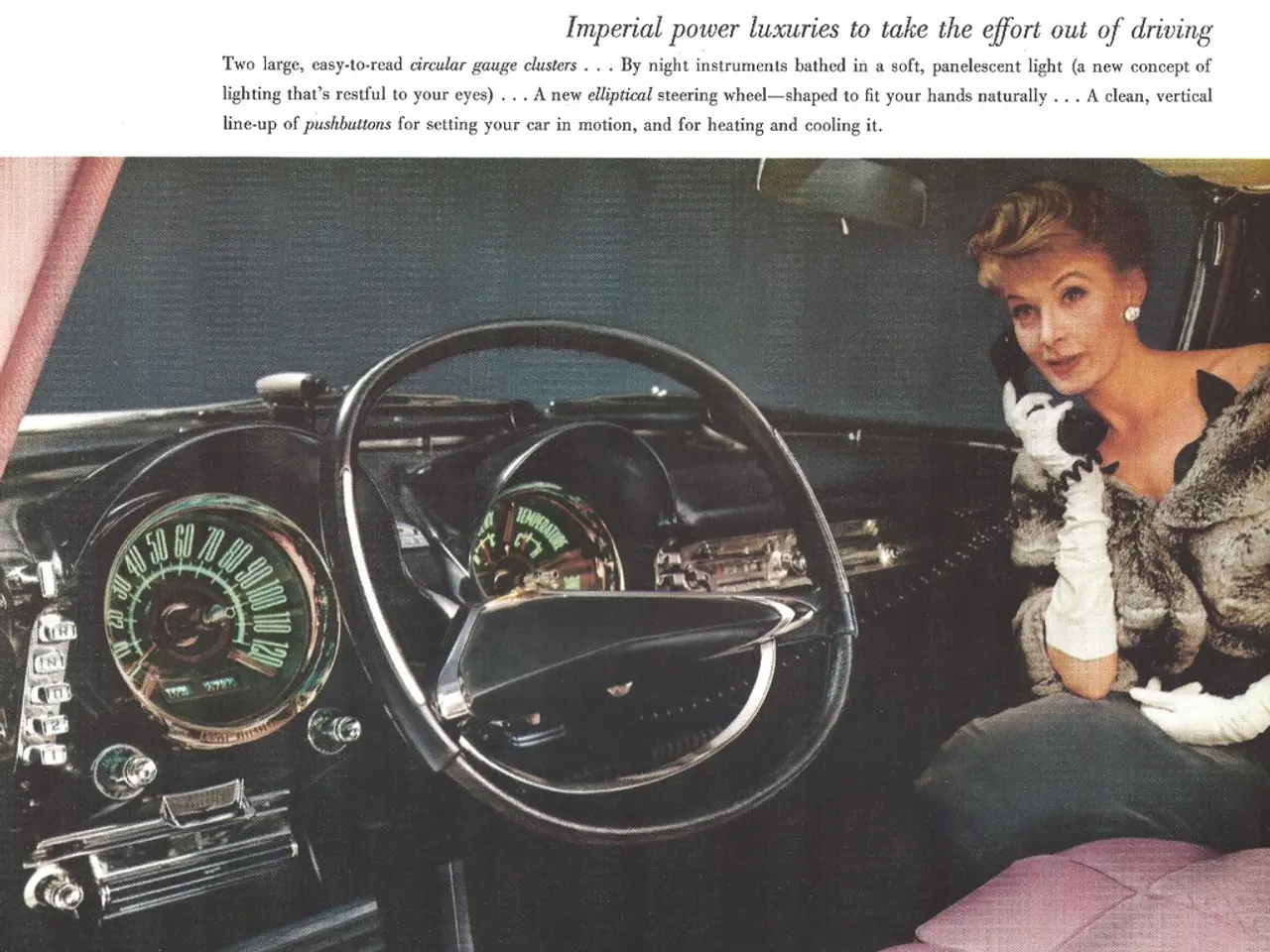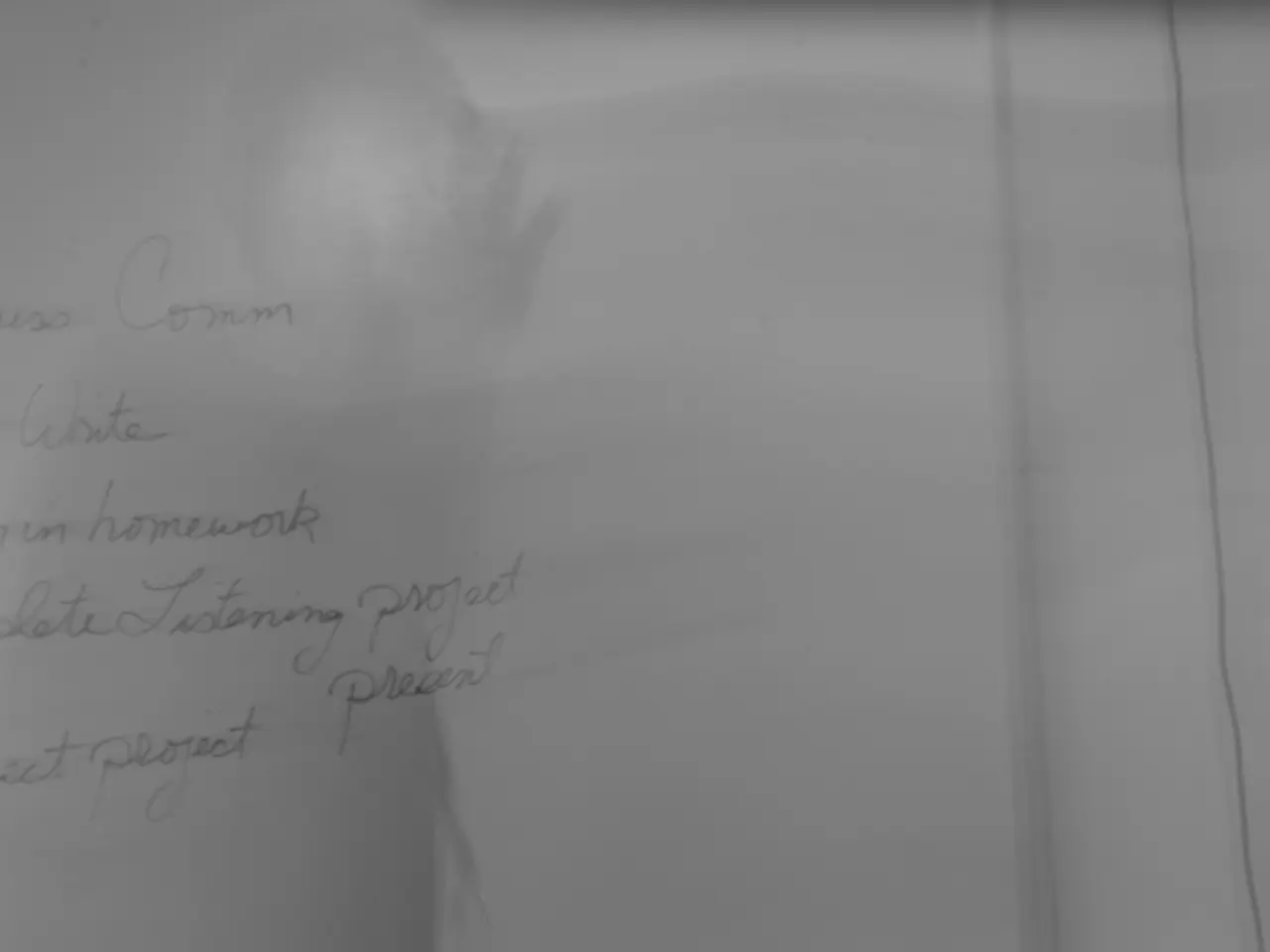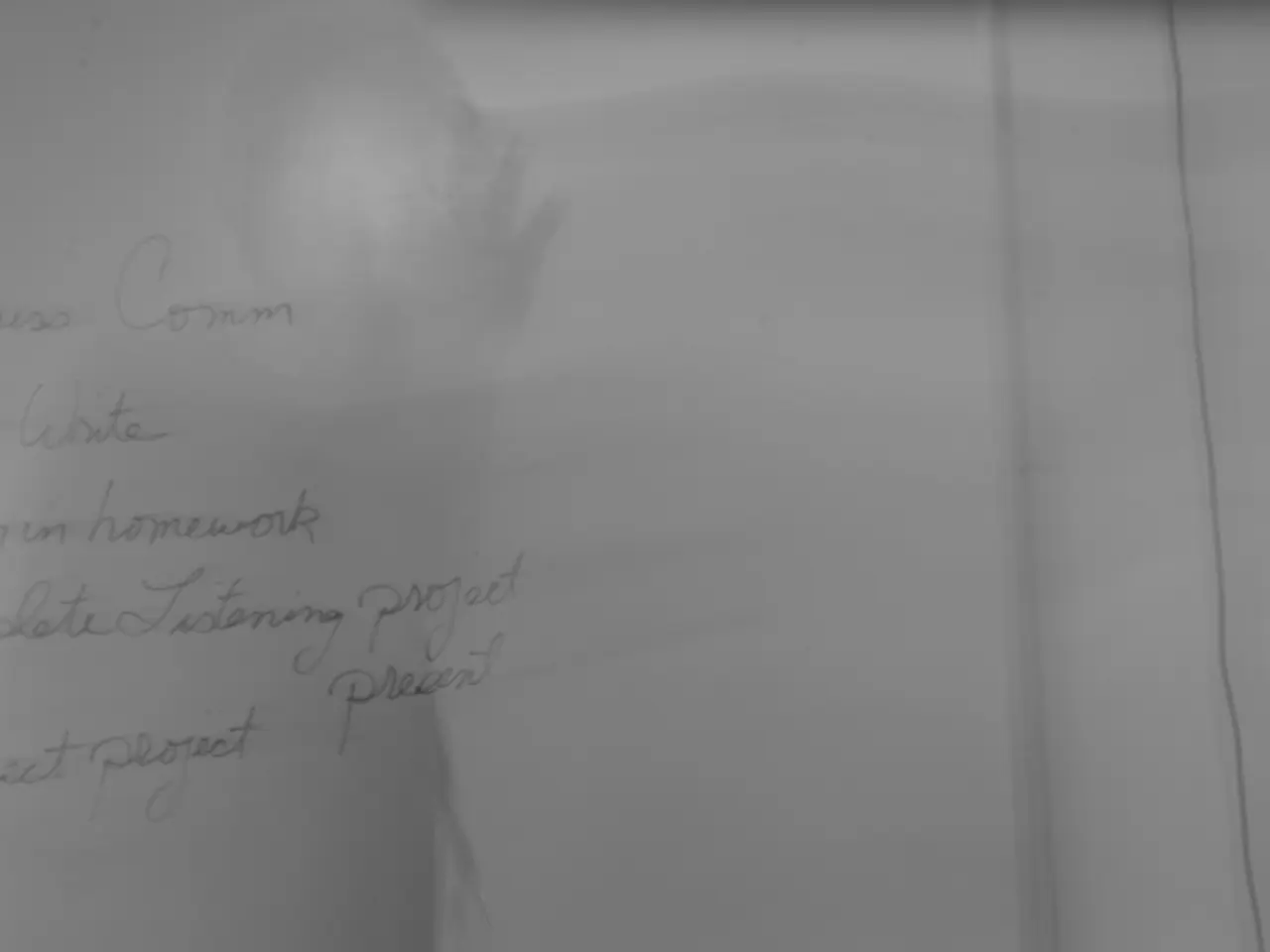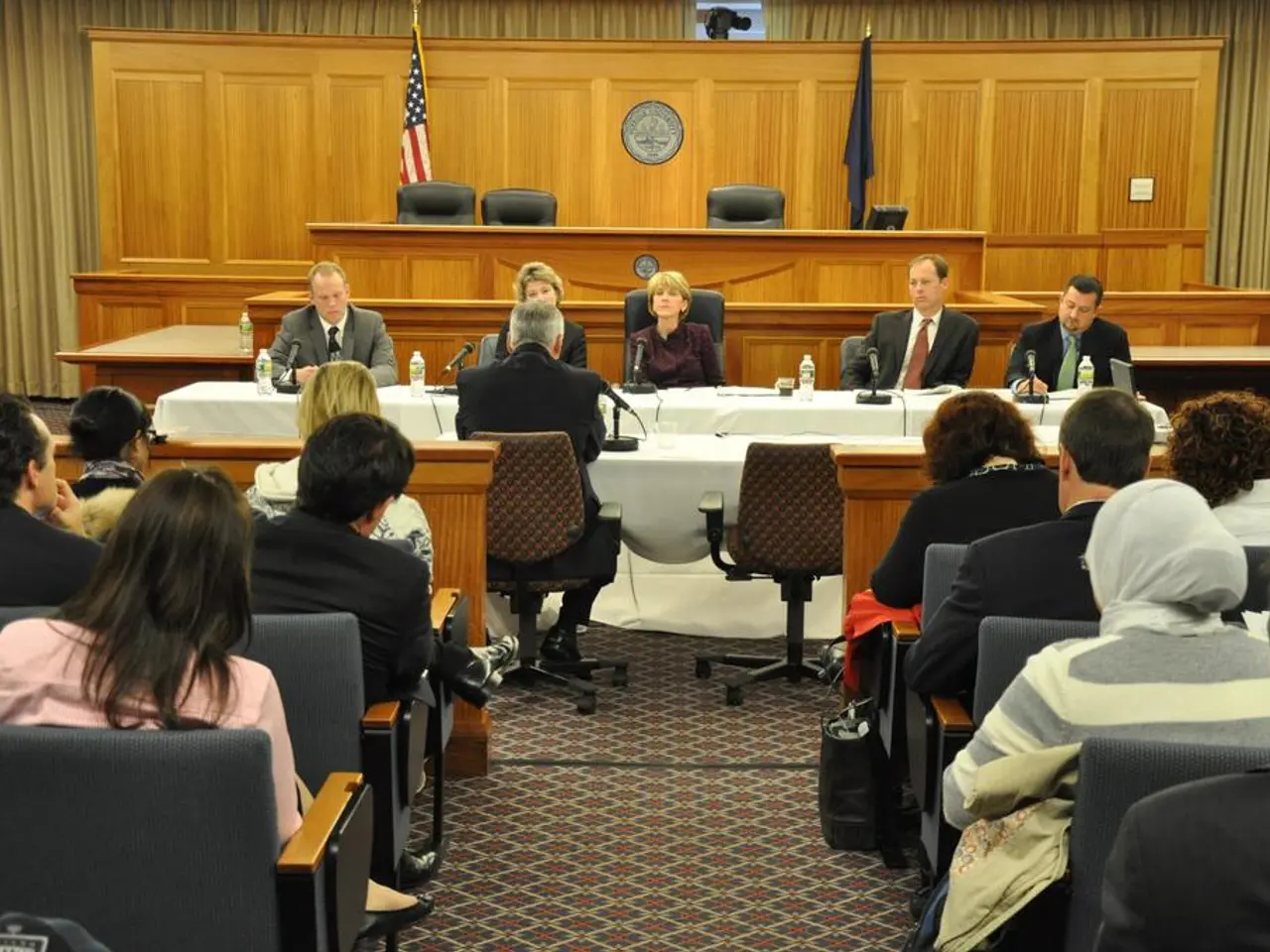Driving the Rift: Understanding the Sources of Division
In contemporary American society, political affiliation has evolved into a dominant social identity, shaping not only voting choices but also determining where Americans live, whom they befriend, and how they educate their children. This trend, known as affective polarization, has intensified due to a complex interplay of psychological, social, political, and media-related factors.
One of the key drivers of this polarization is the deep-seated human need for social belonging. Research suggests that personality traits, emotional responses to perceived threats, and the desire for social acceptance significantly impact political behavior. This psychological dynamics encourages viewing political opponents not just as wrong but as socially threatening, which undermines democratic discourse and increases social hostility.
The evolution of media, particularly social media platforms like YouTube and Google, has further amplified polarization. Algorithms prioritize sensational and emotionally charged content, reinforcing echo chambers that deepen partisan loyalties. The decline of local journalism has exacerbated political polarization by reducing balanced, community-focused reporting.
Incendiary and dehumanizing language from political leaders and media outlets escalates tensions by signaling that hostility and even violence are acceptable. This rhetoric incentivizes conflict because it generates attention and revenue but damages mutual respect and trust required for democratic functioning.
There has been a rise in authoritarian and white-ethnic identity politics, contributing to exclusionary partisanship. This trend is linked to increased political violence, the mainstreaming of far-right militia groups within certain factions, and a deepening ethnic factionalism within political parties.
Widespread distrust in elected officials, political institutions, and the democratic process itself weakens social cohesion. Growing inequality and the outsized influence of wealthy individuals and corporations through campaign finance changes have also led to democratic erosion and alienation from political systems.
Attempts to unify people around common threats, such as the COVID-19 pandemic, have sometimes backfired, deepening divides instead. New social identities that emerge tend to quickly become partisan, limiting opportunities for bridging divides.
The increasing social and political polarization in American society is a complex issue with no easy solutions. However, sociologist Robb Willer believes that empathy can help bridge political divides, but the effort needs to be respectful and mutual.
Key Contributing Factors to Polarization in the U.S.
| Factor | Description | |-----------------------------------|-------------------------------------------------------------------------------------------------| | Political Identity as Social Core | Politics dominates social relationships and personal identity beyond ideology | | Psychological Drivers | Traits and emotional responses create social hostility and reject opponents | | Media and Misinformation | Echo chambers and sensationalism fueled by algorithms increase division | | Political Leadership Rhetoric | Inflammatory language normalizes hostility and violence | | Authoritarian & Ethnic Politics | Rise of exclusionary identity politics and mainstreaming of extremist groups | | Distrust in Institutions | Loss of faith in democracy and influence of money in politics | | Failed Unifying Threats/Identities | Common threats fail to unite; new identities become partisan |
Together, these factors create a reinforcing cycle where social rejection, emotional hostility, and political distrust feed off each other, making polarization deeply entrenched and difficult to overcome in American society today.
References: [1] Iyengar, S., & Westwood, S. (2015). Is America ready for a post-partisan future? The Journal of Politics, 77(3), 654-662. [2] Levitsky, S., & Ziblatt, D. (2018). How democracies die. Crown Publishing Group. [3] Sunstein, C. R. (2017). #Republic: Divided democracy in the age of social media. Princeton University Press. [4] Pew Research Center. (2020). Political polarization in the American public. Retrieved from https://www.pewresearch.org/politics/2020/04/07/political-polarization-in-the-american-public/
- The deep-seated human need for social belonging, combined with psychological drivers such as personality traits and emotional responses, significantly impacts political behavior, fostering a view of political opponents as socially threatening and deepening political polarization.
- The evolution of media, particularly social media platforms, has further accentuated political polarization by amplifying sensational and emotionally charged content, reinforcing echo chambers, and reducing balanced, community-focused reporting.








